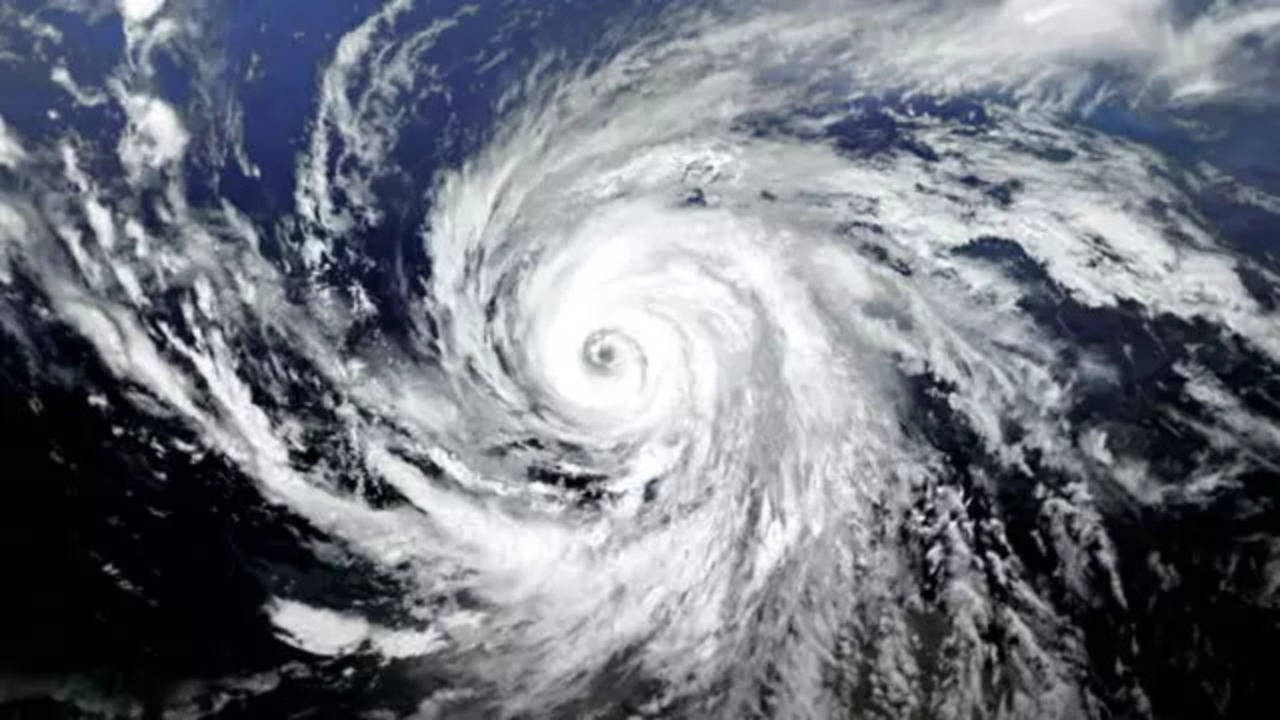
WHERE IS HURRICANE BERYL NOW? TRACKING STORM PATH AMID WARNINGS FOR BARBADOS, ST. VINCENT, AND GRENADA
Hurricane Beryl, the first hurricane of the 2024 season, intensified rapidly since its formation late Friday night. On Saturday afternoon, it was declared a hurricane. As Beryl proceeded westward, the National Hurricane Center issued warnings, stressing the possibility of life-threatening winds and storm surge. The Windward Islands, which are situated north of Venezuela and southeast of Puerto Rico, are seriously threatened by the hurricane.
Current Status and Expected Impact
Hurricane Beryl was categorized as a Category 1 storm in the North Atlantic Ocean as of Saturday afternoon Eastern Time. 75 miles per hour sustained winds were recorded by the National Hurricane Center. It was predicted that these winds will gust to 50 knots (58 mph), which is considered dangerous and might result in roof shingles peeling off. The possibility of extensive damage grew as winds got closer to and above hurricane force, or 74 mph.Click here to track Hurricane Beryl's position and trajectory LIVE.
Forecaster Warnings and Predictions
Forecasters cautioned that Beryl may quickly worsen even further, putting impacted areas at serious risk. It was predicted that the storm will bring life-threatening gusts and storm surge to Barbados, St. Vincent, and Grenada, as well as other Windward Islands. It was suggested to the local residents in these locations to observe updates from the authorities and to take the appropriate safeguards.Seasonal Context and Projections
Beryl is the second named storm to form in the Atlantic in 2024. The National Oceanic and Atmospheric Administration (NOAA) had predicted in late May that there would be 17 to 25 named storms this hurricane season, which would be above average. This follows an unusually active previous year, which saw 20 named storms, including one early storm later designated as “Unnamed.” It was the ninth season in a row with more named storms than the average last year.Meteorological Factors and Historical Comparisons
The El Niño trend usually inhibits the generation of hurricanes, but in 2023, the high Atlantic ocean temperatures reversed this impact. Last year, just one hurricane—Idalia—made landfall in the US. Important details on the magnitude, severity, and cohesiveness of storms like Beryl were revealed via satellite images. The presence of a symmetrical eye formation suggested that the storm had the capacity to maintain its strength in the absence of any weakening influences. 2024-06-30T01:34:31Z dg43tfdfdgfd